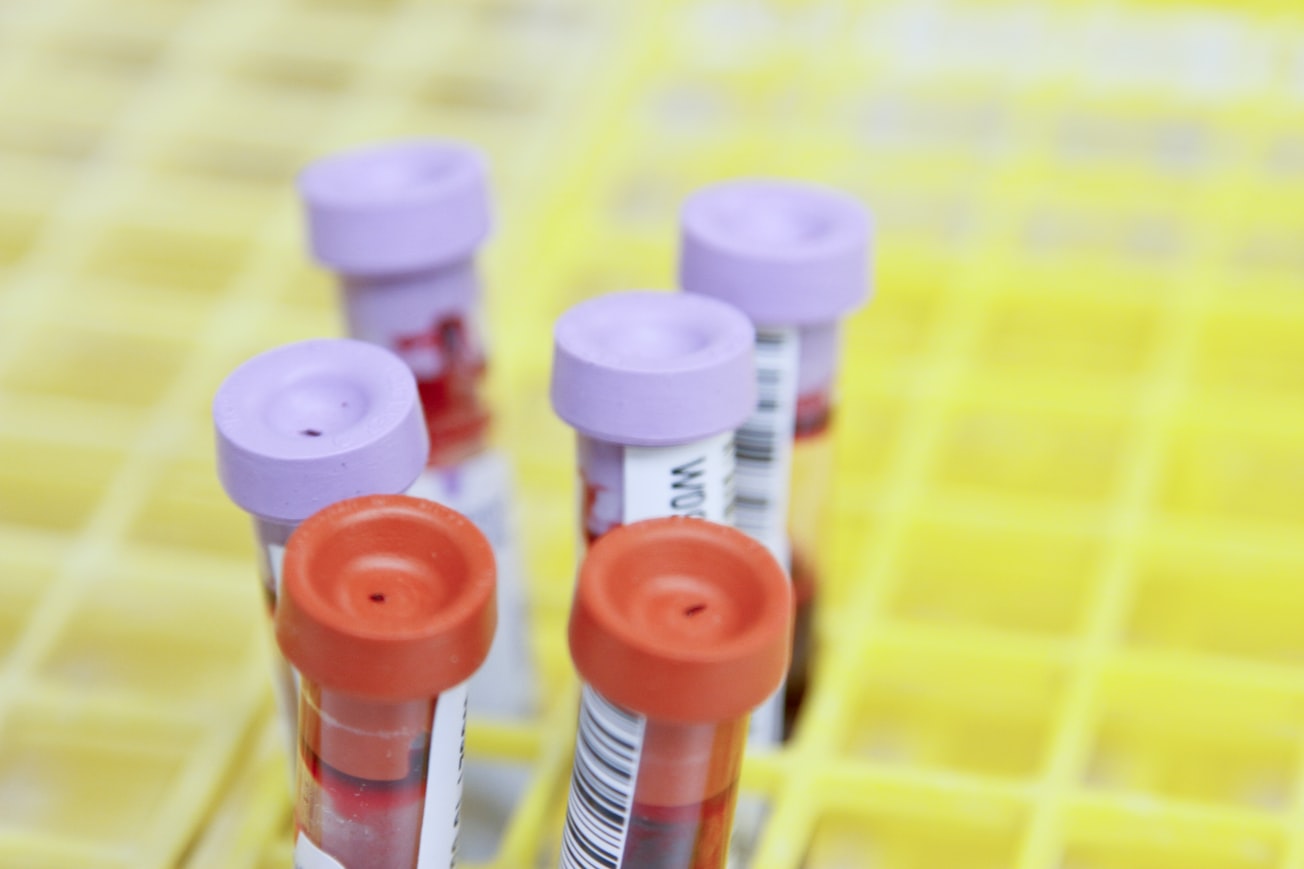What is it about?
Human placenta formation is characterized by the development of specialized cells arising from the embryo called trophoblast cells. During pregnancy, trophoblast cells invade into uterine blood vessels to increase maternal blood flow to support fetal growth and development. In this study we used human cells and rats to identify important aspects of trophoblast cell development. We found that factors involved in blood clotting are also important to trophoblast cell development and function. One key anti-clotting factor we studied is called tissue factor pathway inhibitor (TFPI). By disrupting TFPI, we impaired trophoblast cell development and function, including their ability to promote increased blood delivery to the baby during pregnancy. This observation was consistent between the human cells and the rat models. Overall, TFPI is an important regulator of trophoblast cell-guided placenta development; a fundamental process that is shared across species.
Featured Image

Photo by National Cancer Institute on Unsplash
Why is it important?
Special placental cells, called trophoblast cells, are involved in regulating the transfer of maternal blood to the developing baby during pregnancy. Thus, it is important to determine if connections can be made between bleeding disorders and diseases of placentation. We studied a prominent regulator of blood clotting, referred to as tissue factor pathway inhibitor (TFPI). In addition to regulating blood clotting, TFPI is also important for the development of trophoblast cells in pregnancy; a process that we found to be conserved across species (rat and human). Specifically, TFPI promotes the ability of trophoblast cells to invade into the uterus to promote blood delivery to the baby during pregnancy. Ensuring sufficient blood delivery to the baby is important for growth and development. Thus, TFPI is an important factor contributing to successful pregnancy outcomes.
Read the Original
This page is a summary of: Intersection of regulatory pathways controlling hemostasis and hemochorial placentation, Proceedings of the National Academy of Sciences, December 2021, Proceedings of the National Academy of Sciences,
DOI: 10.1073/pnas.2111267118.
You can read the full text:
Resources
Contributors
The following have contributed to this page










